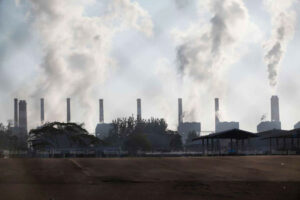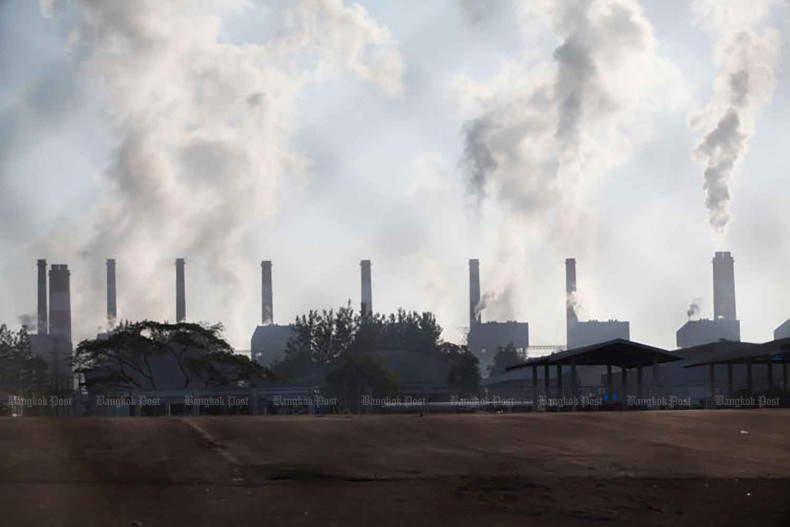
Officials contemplating nuclear power in Thailand
Authorities to carry out feasibillity study
Energy authorities are planning to conduct a feasibility study on small nuclear power plant development in line with the revised power development plan (PDP), which promotes greater use of clean energy to reduce carbon dioxide emissions, says an Energy Ministry official.
This type of nuclear power technology is called “small modular reactor” (SMR), with a capacity of up to 300 megawatts per unit, about one-third of the generating capacity of larger, traditional nuclear power reactors, according to the International Atomic Energy Agency.
The reactor is designed to be modular, making it easier for systems and components to be factory-assembled and transported.
Under the PDP, scheduled to be implemented from this year to 2037, two SMRs, each with 300MW of capacity, will be developed and start operations near the end of the plan, said the official, who requested anonymity.
SMRs are expected to be developed and operated by the state-run Electricity Generating Authority of Thailand, which previously conducted a study on traditional nuclear power plant development between 2009 and 2011.
This study indicated that two plants were planned for the Northeast and the South, with construction sites being distant from residential areas.
The study was later shelved following the Fukushima incident when a massive earthquake and tsunami triggered a nuclear reactor meltdown and radiation leak at Japan’s coastal nuclear facility in March 2011.
“The preparation for the new study should be completed before the new PDP receives a green light from the National Energy Policy Council by September this year,” said the official.
The power tariff is expected to average three baht per kilowatt-hour, slightly higher than the rate for electricity generated by larger nuclear power plants.
The official said SMRs are garnering increased attention from authorities in various countries engaged in campaigns against global warming, a phenomenon attributed to climate change.
In contrast to fossil fuel-fired power plants that release carbon dioxide, nuclear power reactors operate without producing air pollution or carbon dioxide emissions.
The total global capacity of SMRs is projected to reach 22 gigawatts in the first quarter of 2024, an expansion of 65% since 2021, according to a recent report on the Wood Mackenzie website, which provides data and analytics solutions for the renewables, energy and natural resources sectors.
New SMR projects in the pipeline are expected to require an investment of approximately UScopy76 billion.
Source: https://www.bangkokpost.com/business/general/2830797/officials-contemplating-nuclear-power



